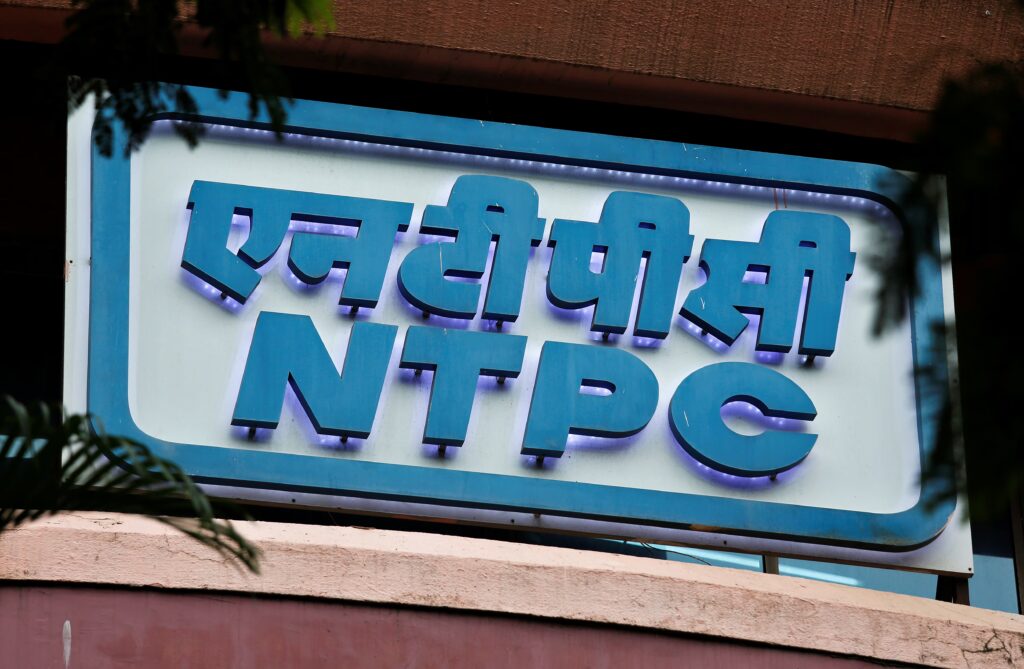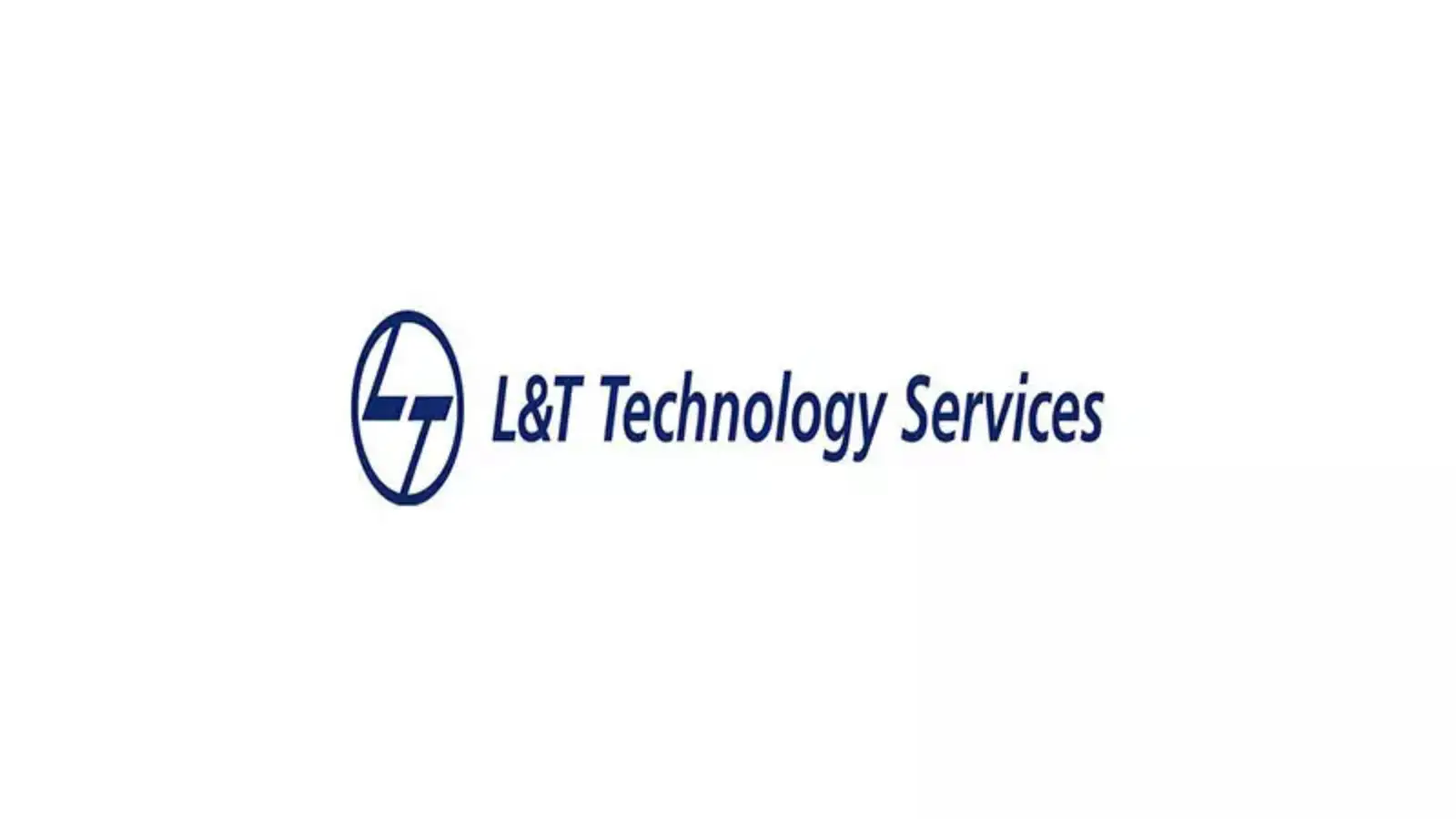
Powering India’s pipelines: Integrated automation and digital technology for IndianOil
IndianOil’s commitment to automation began several decades ago, driven by the need to enhance efficiency and safety across its vast and complex operations. Initially, the focus was on individual system automation within refineries and terminals. This involved upgrading control systems for critical processes, improving data acquisition, and implementing basic supervisory control and data acquisition (SCADA) systems. These early automation efforts laid the groundwork for more comprehensive digital transformation initiatives that would follow.
As the company’s pipeline network expanded across India, the need for sophisticated automation became even more critical. Managing the flow of crude oil and refined products across thousands of kilometres required real-time monitoring, precise control, and rapid response capabilities. This led to the implementation of advanced pipeline automation systems, integrating various technologies such as pressure and flow monitoring, leak detection, and remote control functionalities. These systems significantly improved operational efficiency and reduced the risk of incidents.
The integration of heavy electrical equipment into the automation framework presented unique challenges. These systems often operate under extreme conditions, requiring robust and reliable automation solutions. IndianOil successfully addressed these challenges by collaborating with leading technology providers and implementing stringent quality control measures. This careful approach ensured the seamless integration of these critical components into the overall automation architecture.
Over time, IndianOil’s automation strategy evolved from individual system automation towards a more holistic, integrated solutions approach. This involved connecting various systems and processes across different locations, creating a unified platform for monitoring and control. This integrated approach allowed for better coordination, improved decision-making, and enhanced overall operational efficiency across the entire pipeline network.
This journey of automation has not only improved efficiency and safety but also enhanced IndianOil’s ability to respond to changing market demands and maintain its position as a leader in India’s energy sector. The foundation built through these early automation projects continues to support the company’s ongoing digital transformation efforts.
Digital Transformation Initiatives
IndianOil’s digital transformation strategy goes beyond basic automation. It involves leveraging advanced digital technologies to optimise every aspect of its pipeline network operations. This includes implementing sophisticated data analytics platforms to extract valuable insights from the vast amounts of data generated by its various systems. These insights help in predictive maintenance, optimising throughput, and improving overall operational efficiency. Real-time data visualisation dashboards provide operators with a clear and comprehensive view of the entire pipeline network, allowing for proactive intervention and swift responses to any potential issues.
The company is actively deploying Internet of Things (IoT) devices throughout its pipeline network. These smart sensors continuously monitor critical parameters like pressure, temperature, and flow rates, transmitting real-time data to a central control system. This allows for early detection of anomalies and potential problems, enabling preventative maintenance and minimising downtime. The integration of IoT with advanced analytics capabilities provides predictive insights, allowing for proactive maintenance scheduling and reducing the risk of unexpected failures.
Furthermore, IndianOil is investing heavily in developing and implementing advanced cybersecurity measures to protect its digital infrastructure. Given the critical nature of its pipeline operations, safeguarding data and systems from cyber threats is paramount. The company employs robust security protocols and regularly conducts security audits to ensure the integrity and resilience of its digital systems. This commitment to cybersecurity is essential to maintain the reliability and safety of its pipeline network.
The adoption of cloud computing is another key component of IndianOil’s digital transformation. Migrating data and applications to the cloud enhances scalability, flexibility, and cost-effectiveness. It also enables better collaboration and data sharing across different departments and locations. Cloud-based solutions facilitate the deployment of new digital technologies and services more rapidly, allowing IndianOil to respond quickly to evolving business needs and market demands in India.
In addition to these initiatives, IndianOil is focusing on upskilling its workforce to effectively manage and utilise these advanced digital technologies. Training programs are being implemented to equip employees with the necessary skills and expertise to operate and maintain the complex integrated solutions and heavy electrical equipment that form the backbone of its digital infrastructure. This investment in human capital is crucial to ensuring the long-term success of the company’s digital transformation journey.
Benefits of Integrated Systems
The shift towards integrated systems has yielded substantial improvements across several key areas for IndianOil. Operational efficiency has seen a significant boost, thanks to the seamless flow of information and streamlined processes. Real-time monitoring and control capabilities, enabled by the integrated architecture, allow for immediate responses to any operational anomalies, minimizing downtime and maximizing throughput across the pipeline network. This proactive approach translates directly into cost savings and enhanced productivity.
Safety has also been significantly enhanced. The integrated system’s comprehensive monitoring capabilities facilitate early detection of potential problems, such as leaks or equipment malfunctions. This allows for timely intervention, preventing potentially hazardous situations and minimizing environmental risks. The integrated solutions provide a unified view of the entire pipeline network, enabling quicker and more effective responses to emergencies, ultimately safeguarding both personnel and the environment.
Improved decision-making is another key benefit. The integrated system provides a single source of truth, consolidating data from various sources into a unified platform. This comprehensive view of the pipeline network empowers managers and operators to make more informed and timely decisions, leading to better resource allocation and optimized operational strategies. Data-driven insights allow for more effective planning and proactive maintenance, further enhancing efficiency and minimizing disruptions.
Furthermore, the integrated approach facilitates better collaboration across different departments and locations within IndianOil. The shared platform promotes seamless communication and information exchange, breaking down silos and improving overall coordination. This fosters a more collaborative work environment, leading to more efficient problem-solving and faster responses to challenges within the complex pipeline network in India. The ability to easily share data and insights across the organisation has proven invaluable in enhancing overall operational effectiveness.
The integrated system provides a robust foundation for future growth and expansion. As IndianOil’s pipeline network continues to evolve and expand, the flexibility and scalability of the integrated architecture will allow the company to easily adapt to changing demands and integrate new technologies. This adaptability is crucial for maintaining a competitive edge in India’s dynamic energy sector, ensuring long-term operational efficiency and resilience. The system’s modular design allows for easy upgrades and expansion as the company’s needs evolve.
Technological Partnerships
IndianOil’s success in deploying integrated solutions for its extensive pipeline network relies heavily on strategic technological partnerships. The company collaborates with leading global technology providers specialising in automation, digital technology, and heavy electrical equipment. These partnerships ensure access to cutting-edge technologies and expertise, crucial for maintaining a robust and efficient pipeline infrastructure across India.
These collaborations aren’t limited to simply procuring equipment; they involve extensive knowledge transfer and joint development initiatives. IndianOil actively engages with its partners to tailor solutions specifically to its unique operational challenges and the demands of India’s energy landscape. This collaborative approach ensures that the integrated solutions are not only technologically advanced but also perfectly suited to the specific needs of the IndianOil pipeline network.
A key aspect of these partnerships involves rigorous testing and validation procedures. Before any new technology or system is deployed across the vast pipeline network, it undergoes extensive testing to ensure reliability, safety, and compatibility with existing infrastructure. This commitment to quality control is essential for maintaining the uninterrupted flow of crude oil and refined products across India.
Furthermore, these partnerships extend beyond the initial implementation phase. Ongoing support and maintenance are integral parts of the agreements, ensuring the long-term performance and reliability of the integrated solutions. This includes regular software updates, preventative maintenance schedules, and prompt responses to any technical issues that may arise. This proactive approach minimises downtime and maximises the lifespan of the technology deployed across the IndianOil pipeline network in India.
The selection of technology partners is a strategic process, considering factors such as technological capabilities, experience in the energy sector, commitment to innovation, and alignment with IndianOil’s overall business objectives. This careful selection ensures that the company partners with organisations that share its commitment to safety, efficiency, and sustainability in the operation of its pipeline network across India.
Future Outlook
Looking ahead, IndianOil plans to further enhance its integrated solutions by incorporating advanced artificial intelligence (AI) and machine learning (ML) capabilities. This will allow for even more precise predictive maintenance, optimising the pipeline network’s operational efficiency and minimising downtime. AI-powered anomaly detection systems will proactively identify potential issues before they escalate, leading to significant improvements in safety and reliability.
The expansion of the pipeline network across India will continue to be a key focus. As new pipelines are constructed and existing ones upgraded, IndianOil will leverage its existing digital infrastructure and integrated solutions to ensure seamless integration and optimal performance. This will involve careful planning and implementation to maintain operational efficiency and safety throughout the expansion process.
Further development and implementation of advanced cybersecurity measures will remain a priority. As the reliance on digital technology increases, protecting the pipeline network from cyber threats becomes increasingly critical. IndianOil will continue to invest in robust security protocols and cutting-edge cybersecurity solutions to safeguard its data and systems.
Collaboration with technology partners will continue to be crucial for IndianOil’s future success. The company will actively seek out new partnerships and strengthen existing ones to access the latest advancements in automation, digital technology, and heavy electrical equipment. This collaborative approach will ensure that the pipeline network remains at the forefront of technological innovation within the Indian energy sector.
Investing in the training and development of its workforce remains paramount. IndianOil recognises that its employees are key to the successful implementation and operation of its advanced integrated solutions. The company will continue to invest in training programs to equip its workforce with the skills and knowledge necessary to manage and maintain the sophisticated digital infrastructure that underpins its pipeline network across India. This ensures a skilled workforce capable of managing the increasingly complex systems.


















